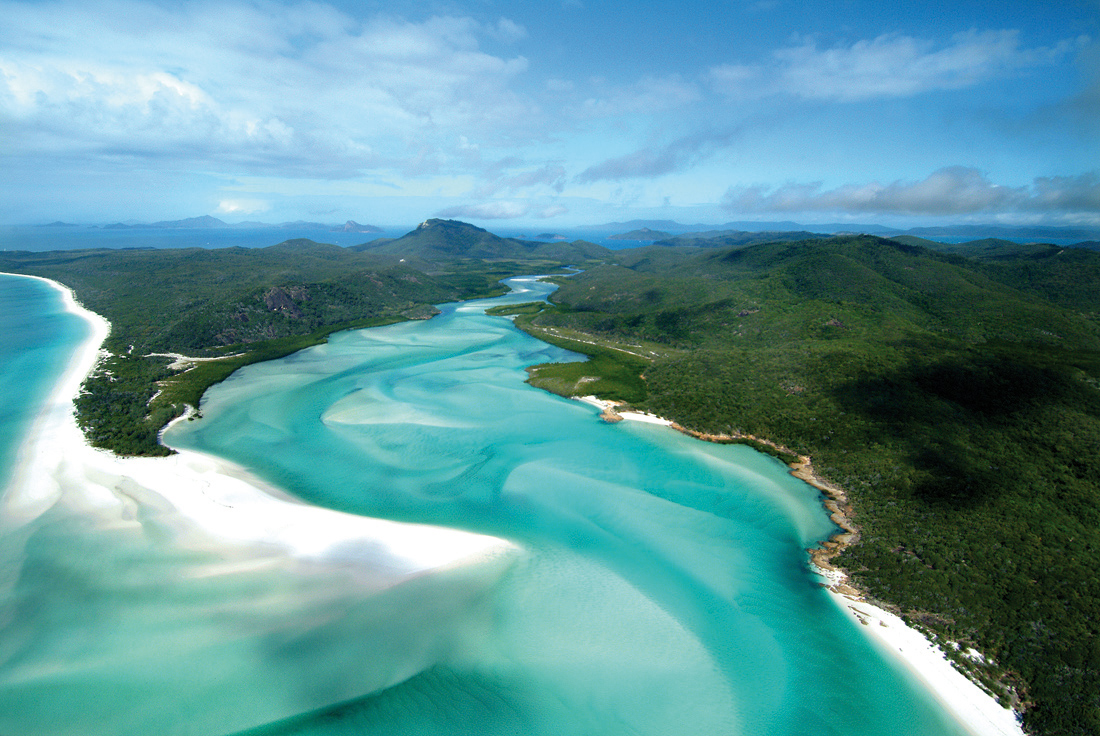With the Great Barrier Reef one of the world’s leading natural attractions, the region should be enjoying an influx of superyacht guests ready to explore the Queensland wonder for itself.
Unfortunately the reef and its surrounds are noticeably lacking in yachts, something which we in the local industry know is due in part to a piece of legislation enacted before superyachts were widely in use.
Superyachts are defined as luxury vessels with a master and crew, greater than 24 meters in length, do not carry cargo and carry a maximum of 12 guests. Due to a rule limiting superyachts over 35-metres access the Great Barrier Reef, 50% of the 70 superyachts which visit Australia annually, aren’t visiting the Reef and its surrounds.
I’ve joined in with Superyacht Australia and other industry figures in lobbying the Great Barrier Reef Marine Park Authority (GBRMPA) for greater access to the region for superyachts between 35-70 meters in the Whitsundays Plan of Management.
On behalf of Superyacht Australia, I recently presented to the GBRMPA TRAC (Tourism Reef Advisory Committee) to provide further insight into the issue, with the aim of educating the group on superyachts and how they can be integrated into the plan of management.
We wanted to help the advisory committee understand what superyachts are and how they operate, the current state of the Australian industry and its expected growth, and the impact that growth could have on the Whitsundays region should these yachts be allowed to cruise the reef.
Creating tailored rules around superyacht access to restricted areas of the reef has the potential – we believe – to have a dramatic positive impact not only on the Whitsunday region’s economy, but the wider Australian economy and superyacht industry.
Within Australia, superyachts represent a $300 million industry – and growing – with the vessels requiring a diverse and significant supply chain. Yachts require marina services, refit and repair, interior designers, tourism services, fruit and vegetables, meat, alcohol and florists amongst other things, and superyachts with guests onboard will spend on average $20,000 per day on tourism activities alone.
With the exceptional knock-on effect for businesses at stake here, is there a detrimental environmental flipside to allowing greater access for superyachts to the reef? The answer to that is no, with superyachts equipped with advanced tertiary and waste removal systems.
State of the art navigation systems and highly-trained, dedicated crew mean instances of yachts running aground are extremely rare and yachts carry world-leading fuel systems onboard. They’re all also required to work with thorough risk management plans in place to meet their international safety and class standards.
We in the industry, believe greater access will raise the destination profile and grow the regional economy. Add to that superyacht owners who are looking for environmentally-sensitive experiences, and who use local tourism operators, and we think the effects will be prolonged and positive.
Over the next five years Superyacht Australia would like to see between 30 and 50 more superyachts in Australian waters each year, with 50 percent of those visiting the Great Barrier Reef.
As most vessels will only stay in a region for a few weeks at a time, these numbers would result in around one charter every ten days of the year. That makes the superyacht industry a high-yield, low-impact prospect for the region, bringing significant benefits.
Superyacht visitation to the Reef is currently less than one percent of all commercial operations, with the proposed changes bringing rules governing superyacht use in the area, into line with the positive impact and lack of negatives superyachts represent.
Onboard, charter schedules are planned with great care and sustainability in mind and high profile guests benefit the region on a macro and micro level.
We think welcoming these beneficial guests into our waters can only be a positive for generations.
I’d welcome your thoughts on the topic, please don’t hesitate to send them through.

